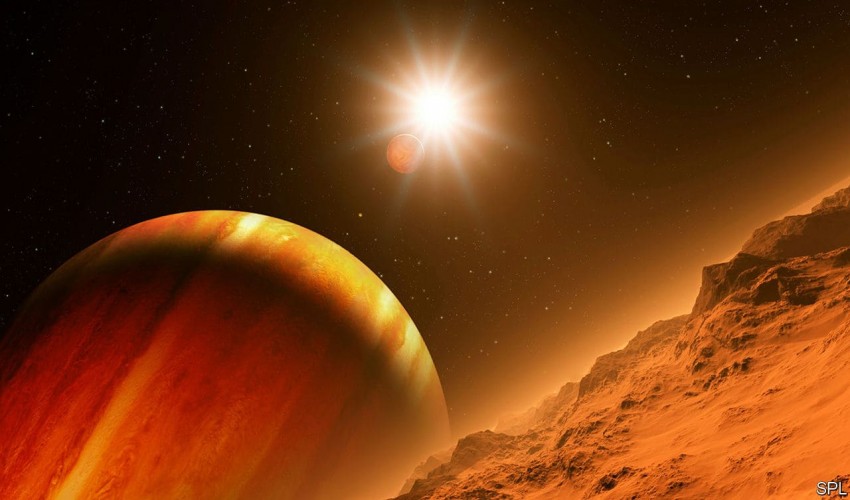
Astronomy
Astronomy is a natural science that studies celestial
objects and phenomena. It uses mathematics, physics, and chemistry in order to
explain their origin and evolution. Objects of interest include planets, moons,
stars, nebulae, galaxies, and comets. Relevant phenomena include supernova
explosions, gamma ray bursts, quasars, blazars, pulsars, and cosmic microwave
background radiation. More generally, astronomy studies everything that
originates outside Earth's atmosphere. Cosmology is a branch of astronomy. It
studies the Universe as a whole.
Astronomy is one of the oldest natural sciences. The early
civilizations in recorded history made methodical observations of the night
sky. These include the Babylonians, Greeks, Indians, Egyptians, Chinese, Maya,
and many ancient indigenous peoples of the Americas. In the past, astronomy
included disciplines as diverse as astrometry, celestial navigation, observational
astronomy, and the making of calendars. Nowadays, professional astronomy is
often said to be the same as astrophysics.
Professional astronomy is split into observational and theoretical branches. Observational astronomy is focused on acquiring data from observations of astronomical objects. This data is then analyzed using basic principles of physics. Theoretical astronomy is oriented toward the development of computer or analytical models to describe astronomical objects and phenomena. These two fields complement each other. Theoretical astronomy seeks to explain observational results and observations are used to confirm theoretical results.
Astronomy is one of the few sciences in which amateurs play
an active role. This is especially true for the discovery and observation of
transient events. Amateur astronomers have helped with many important
discoveries, such as finding new comets.
- Greek Astronomy
- Astronomy in the Era of Copernicus
- Tycho
- Kepler
- and Galileo; Kepler's Laws of Planetary Motion
- Review of Classical Mechanics; Circular Orbits
- Full Kepler Orbit Problem
- Introduction to Electromagnetic Waves; Doppler Effect
- Reflection
- Refraction
- and Optics
- Optical
- Radio
- and X-Ray Telescopes
- Distances and Magnitudes
- Binary Systems
- Hertzsprung-Russell Diagrams
- Initial Mass Function; Olbert's Paradox; Galaxy Rotation Curves
- Measuring the Size and Rotation Curve of the Milky Way
- Hydrostatic Equilibrium
- Stellar Structure and Evolution
- Nuclear Reactions in Stars
- Star Formation; Virial Theorem
- Fermi Pressure
- White Dwarf Stars
- and the Chandrasekhar Limit
- Neutron Stars
- Supernovae
- and Black Holes
- Cepheid Variables; Mass Transfer Binaries
- Interstellar Medium
- HII Regions; Galaxy Types
- Masses of Galaxies and Galaxy Clusters; Distance Ladder
- Age and Large Scale Structure of the Universe; Intergalactic Medium
- Active Galactic Nuclei
- Newtonian Cosmology
- Thermal History of the Universe
- Quantum Mechanics
- Plasma Physics
- Space Physics
Recent Published
Submit Manuscript
To give your manuscript the best chance of publication, follow these policies and formatting guidelines.


